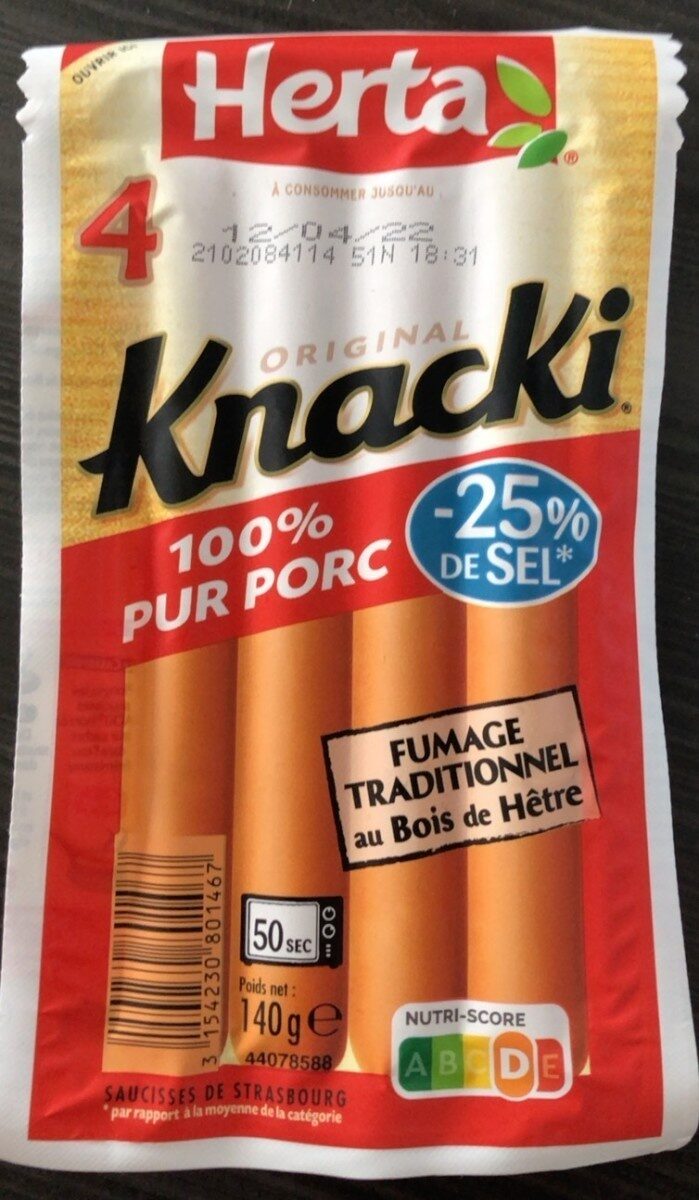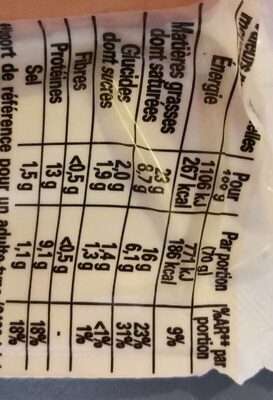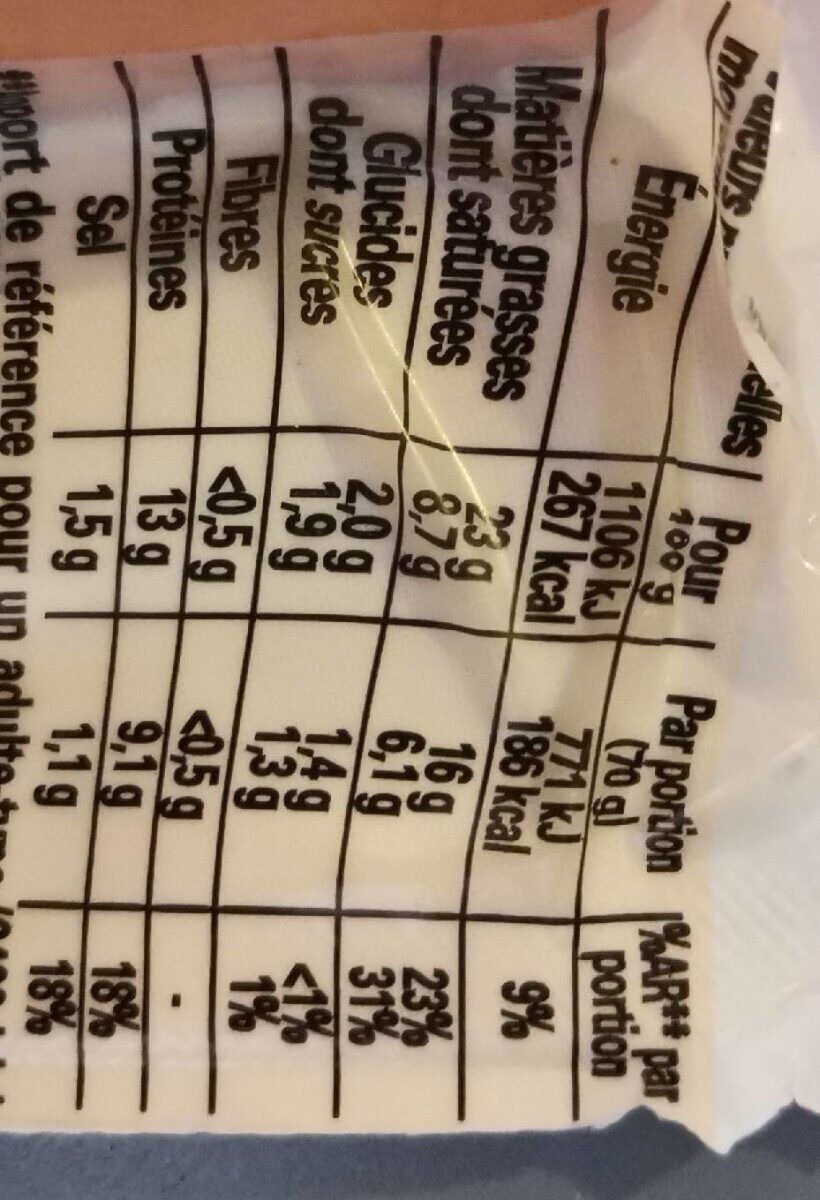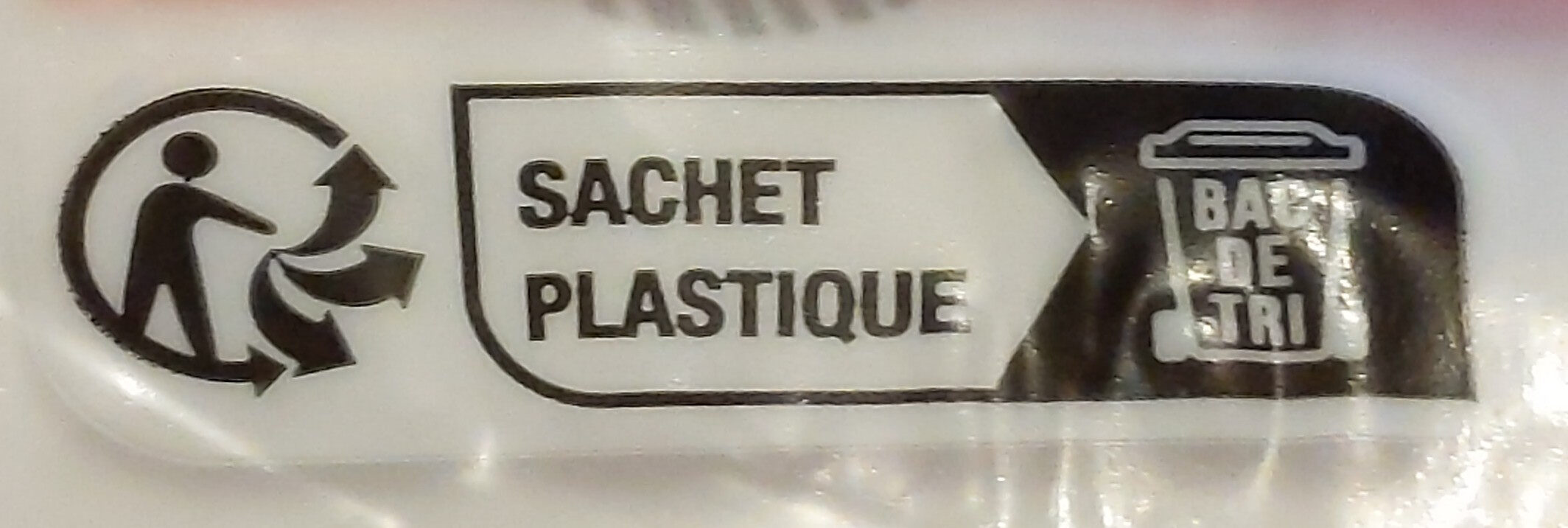Knacki -25% de sel x4 - Herta - 140 g
Barcode: 3154230801467 (EAN / EAN-13)
Common name: Saucisses de Strasbourg
Quantity: 140 g
Brands: Herta
Categories: Meats and their products, Meats, Prepared meats, Specific products, Products for specific diets, Sausages, French sausages, Products with reduced salt, Strasbourg sausages, Industrial knacks, Prepared meats with less salt, fr:Knacks industrielles à teneur réduite en sel
Labels, certifications, awards: Low or no salt, Low salt, Reduced salt, 25% less salt, Made in France, Nutriscore, Nutriscore Grade D, Smoked with beech wood
Origin of the product and/or its ingredients: Fabriqué en France avec de la viande de porc rigoureusement sélectionnée d'origine UE.
Origin of ingredients: fr:Porc origine UE
Manufacturing or processing places: France
Traceability code: FR 62.767.005 CE - Saint-Pol-sur-Ternoise (Pas-de-Calais, France)
Stores: Carrefour
Countries where sold: France
Matching with your preferences
Report a problem
Data sources
Product added on by coq
Last edit of product page on by kiliweb.
Product page also edited by ecoscore-impact-estimator, fanfan54, fgouget, inf, openfoodfacts-contributors, roboto-app, yuka.sY2b0xO6T85zoF3NwEKvlhx5AtfdrzbcKjvSkGzU5NyFEZPUPutTwI7XbKs, yuka.sY2b0xO6T85zoF3NwEKvlk5BCILwjTPgCQXQn0GFwdG-DMXiXv5S_rijM6s, yuka.sY2b0xO6T85zoF3NwEKvlk5IDIru_Q3fKDvutmaC7OuNCZ3ZMNdY4tigNKs, yuka.sY2b0xO6T85zoF3NwEKvlkV1ccjmvhLmPATji0eA9PWjILrsTeEu4rbDC6s, yuka.sY2b0xO6T85zoF3NwEKvllBaU4TOvyv4ND_lt0mw_s6XFYHye8FS77DUI6g, yuka.sY2b0xO6T85zoF3NwEKvlmNrS9DSuz3eNE3vo3WR48WIK564XuNz-pb-aao, yuka.sY2b0xO6T85zoF3NwEKvlnZLSNzwmB3hDA35nxbT3uqUI73Pe_1gyYXbYqo.













